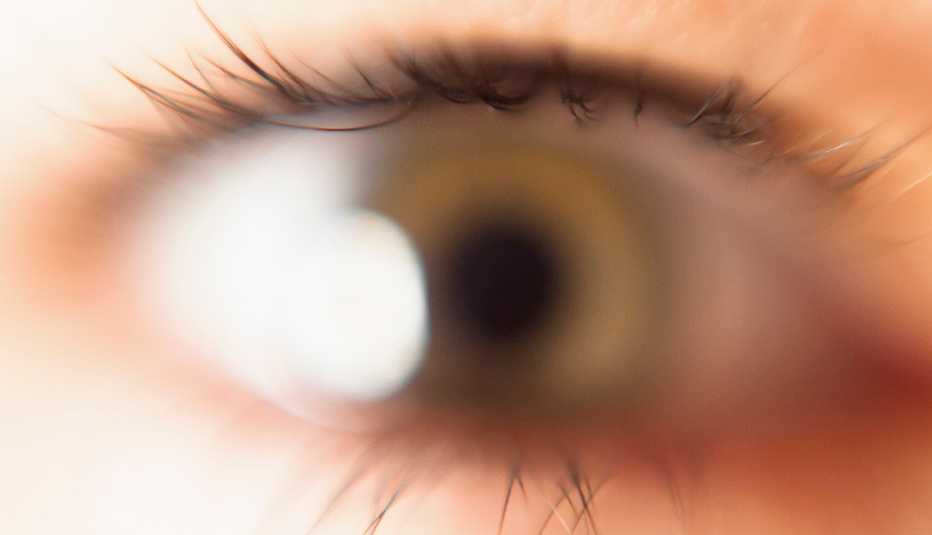AARP Hearing Center


After I had a retinal tear repaired, I returned to my retina specialist for a follow-up visit, where I told him that I'd noticed some visual distortion and blurred vision, including a diminished ability to recognize faces — so much so I'd wondered if I might be suffering from face blindness (a condition known as prosopagnosia).
He pointed to a spot on the OCT (ocular coherence tomography) scan of my eye, and said, “See this dip? That is causing your vision distortion in that eye.”
He told me I had an “epiretinal membrane pucker” — also called cellophane maculopathy or macular pucker — which is a puckering on the retina caused by a fibrous membrane developing over its center, the macula, then contracting. This can impair your vision.
How the problem develops
Your retina is that very thin layer of light-sensitive nerve tissue that lines the back of your eye and covers the gel (vitreous) inside your eyeball. The retina's job is to focus images coming through the front of your eye and convert them into electrical impulses that are then transmitted by your optic nerve to your brain, allowing you to see.
It's very common for an epiretinal membrane (ERM) to develop, especially as we age, says Carl Awh, a retina specialist and president of the American Society of Retina Specialists (ASRS). “In most eyes that membrane is so thin and so clear that it has no impact on vision,” he notes.
But in a small percentage of eyes, over time, this membrane can thicken and then contract, distorting vision. While this can be caused by scarring from the laser repair of a retinal tear, it is “more likely the scarring from the tear itself,” Awh says. Or it may simply be due to the aging process. Or it may be “idiopathic,” meaning its origin is unknown. Studies have shown that 2 percent of patients over 50, and 20 percent of patients over 75, have some degree of ERMs, according to the ASRS. Women and men are affected equally, and in 10 to 20 percent of cases both eyes have some degree of ERMs. Most, however, don't need treatment.
Rarer causes of ERMs can be diabetes, venous occlusive disease, trauma after ocular surgery or inflammation inside the eye.
Symptoms
What you will most likely notice, says Timothy Murray, a retina specialist and past president of ASRS, is a distortion in your vision, sensitivity to light, blurry vision, and/or loss of fine details while reading, and a diminished ability to recognize faces — all of which I experienced.

































































More on health
New Vision Tests and Technology Can Help Save Your Sight
Open your eyes to these bright new solutionsHow to Treat 11 Top Vision Problems
Don't ignore these signs that your eyes are changingIs Eye Disease Putting You at Risk for Blindness?
Early diagnoses of glaucoma, macular degeneration and more can save your sight